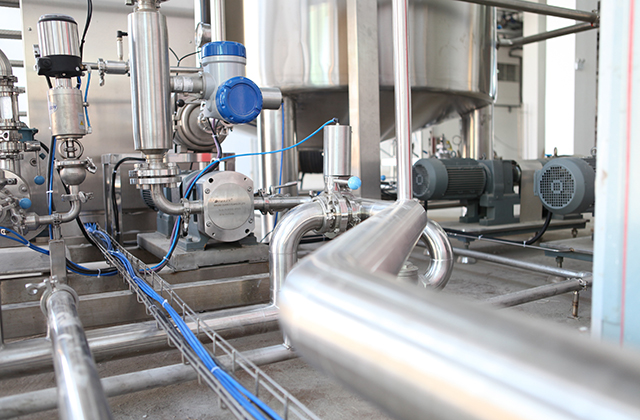Reasons to Use Pipe Relining For Sewer Pipe Repair
Introduction
Sewer pipe problems can be frustrating and costly. Traditionally, fixing these problems would involve digging up the pipe and replacing it with a new one. However, modern technology has made it possible to repair sewer pipes without the need for excavation. In this article, we will explore the benefits of sewer pipe relining Sydney for sewer pipe repair and why it is a better alternative to traditional methods.
What is Pipe Relining?
Pipe relining is a non-invasive method of repairing damaged or broken sewer pipes. It involves inserting a flexible liner into the damaged pipe and then inflating it to create a new, seamless pipe within the old one. This new pipe is made from a resin material that hardens to create a strong, durable surface that is resistant to corrosion and damage.
Benefits of Pipe Relining
There are several benefits to using pipe relining for sewer pipe repair:
- Non-Invasive: One of the biggest advantages of pipe relining is that it does not require excavation. This means that there is no need to dig up your property or disrupt your landscaping. This can save you a significant amount of time and money.
- Cost-Effective: Pipe relining is often less expensive than traditional methods of sewer pipe repair. This is because there is no need for excavation, which can be costly.
- Durable: Pipe relining creates a new pipe within the old one, which means that it is more durable than traditional pipes. The resin material used in pipe relining is resistant to corrosion and damage, which can extend the life of your sewer pipe.
- Environmentally-Friendly: Because there is no excavation involved in pipe relining, it is a more environmentally-friendly option than traditional sewer pipe repair methods.
The Pipe Relining Process
The process of pipe relining involves several steps:
- Inspection: A professional plumber will inspect your sewer pipe to determine the extent of the damage and whether pipe relining is a viable option.
- Cleaning: The damaged pipe is cleaned using high-pressure water jets to remove any debris or blockages.
- Liner Insertion: A flexible liner is inserted into the damaged pipe and then inflated using compressed air.
- Curing: The resin material used in pipe relining is cured using hot water or steam to create a strong, durable surface.
- Final Inspection: Once the resin has cured, a final inspection is carried out to ensure that the new pipe is seamless and free from defects.
Conclusion
Pipe relining is a non-invasive and cost-effective method of repairing damaged sewer pipes. It offers several advantages over traditional methods, including durability and environmental-friendliness. If you are experiencing sewer pipe problems, contact a professional plumber to see if pipe relining is a viable option for your situation. Get in touch with streamlinepipes.com.au for broken sewer lines.

